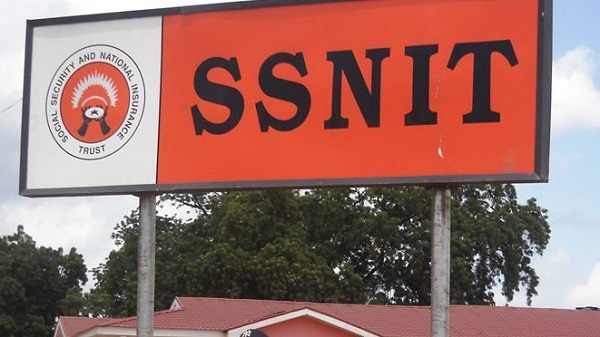
SSNIT to run out of reserves due to deficits - ILO

In fact, the fund's return has averaged at 70 per cent of the average yield of T-bills.
Actuarial projections made from the report indicate that an increase in contribution rate is necessary for the pension branch to make the scheme more sustainable for future generations.
The valuation further indicates that total expenditures as a percentage of insurable earnings (called the pay-as-you-go (PAYG) rate) rise from 11.5 per cent in 2020 to 29.5 per cent in 2095 on an accrual basis.
The PAYG rate represents the contribution rate that would be required to pay all the expenditures of the scheme (benefits, administrative, and other expenses), year after year, in the absence of a reserve.
According to the valuations in the report, from 2021 to 2031, the PAYG rate will be slightly higher than the current legal contribution rate of 11 per cent, averaging 11.6 per cent.
Starting in 2032, there will be a significant increase in the PAYG rate, primarily due to the rising demographic ratio.
Starting in 2036, the required annual contribution rate to pay for all expenditures becomes the PAYG rate.
As an illustration, this rate is 12.4 per cent in 2036 and 29.5 per cent in 2095.
Read also: Late government payments crippling SSNIT – ILOThe reserve ratio is an indicator that reveals the year-end reserve amount versus the annual expenditures for that particular year, and it experiences a significant shift from 3.4 to 0 between 2021 and 2036.
It is recommended that the contribution rate should be raised, and the extent of the increase should be based on specific financing and funding objectives set by SSNIT.






